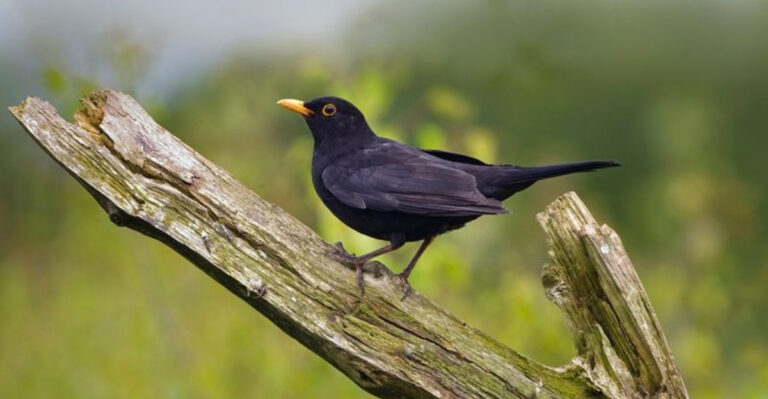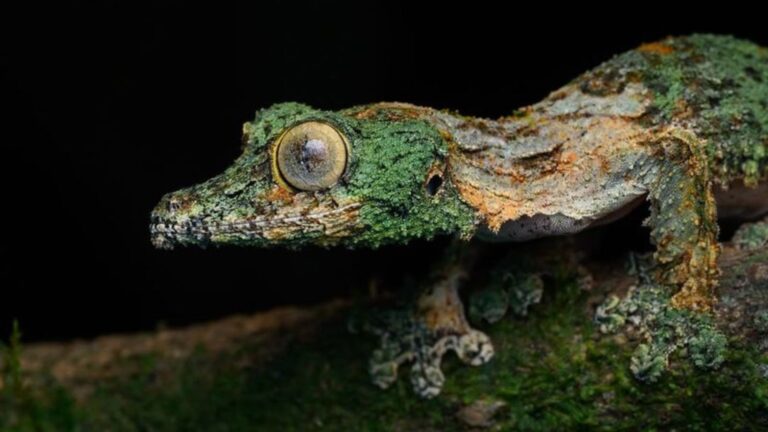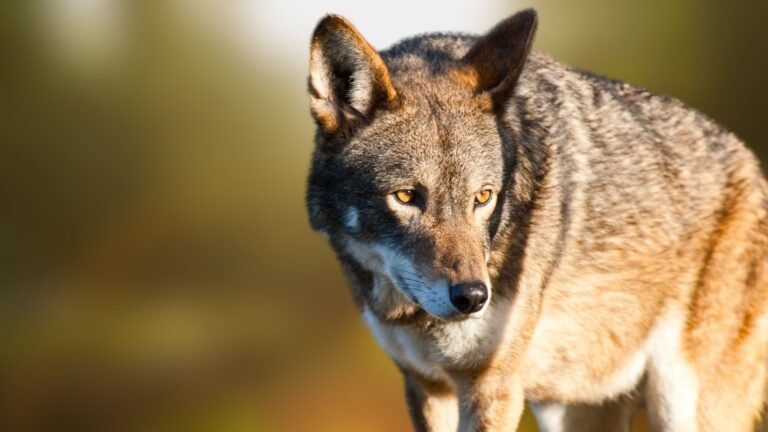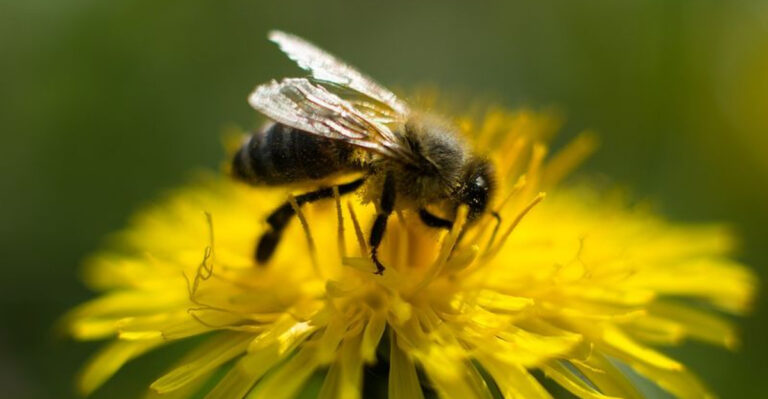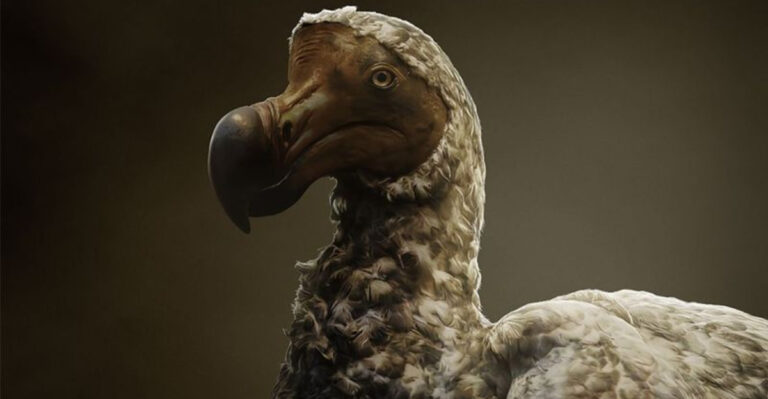Fun Facts About The Surprisingly Shy Spectacled Bear
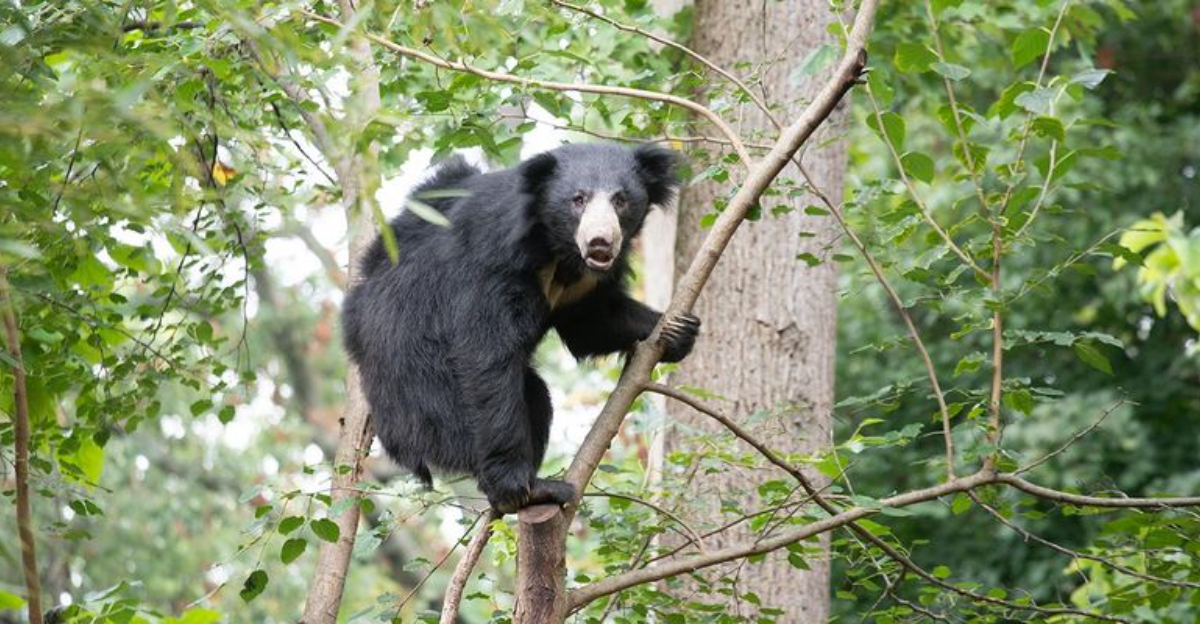
Hidden in the misty cloud forests of the Andes Mountains lives a remarkable creature – the spectacled bear. These fascinating animals, with their distinctive facial markings, are South America’s only native bear species.
Though rarely seen due to their reclusive nature, these bears have captivated scientists and nature lovers alike with their unique adaptations and behaviors.
They Are The Only Bear Species Native To South America

Roaming exclusively through six South American countries, spectacled bears have carved out a unique niche in the Andean region. Their territory stretches from Venezuela to Bolivia.
Unlike their bear cousins distributed across North America, Europe and Asia, these special bears evolved in isolation. This geographic uniqueness has contributed to their distinct characteristics and behaviors.
Their “Spectacles” Aren’t Just For Show
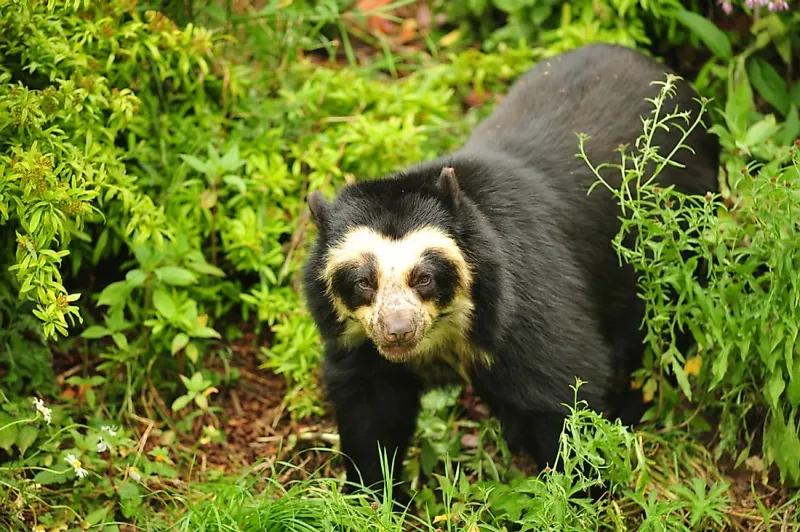
Each bear sports a unique facial pattern, creating what looks like glasses around their eyes. These creamy-colored markings extend down their chest, forming patterns as individual as human fingerprints.
Scientists believe these distinctive markings help the bears recognize each other in the wild. Some bears have complete rings around their eyes, while others display partial markings or even none at all.
They Are Primarily Herbivores

Vegetarian feasts make up about 95% of the spectacled bear’s diet, surprising many who assume all bears crave meat. Their menu features bromeliads, berries, cacti, orchid bulbs, and palm nuts.
When plant pickings grow scarce, they’ll occasionally snack on insects, honey, or small rodents. Their preference for plants has shaped their digestive system to efficiently process tough vegetation.
Spectacled Bears Are Shy And Solitary

Masters of avoidance, these bears vanish into the forest at the slightest hint of human presence. Researchers often spend months in the field without spotting a single bear.
Adult bears generally prefer their own company, except during mating season. Their elusive nature has earned them a mysterious reputation among local communities, sparking numerous legends and folklore throughout the Andes.
They Can Climb Trees
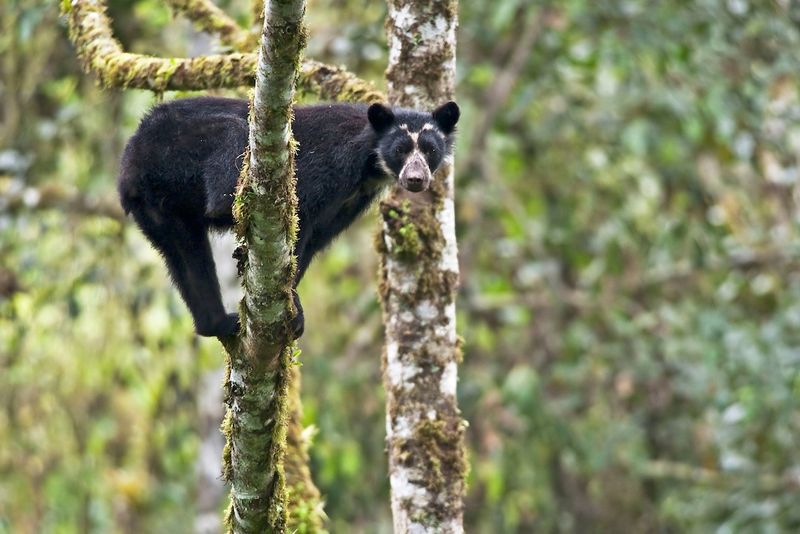
Watching a 300-pound bear scale a tree with the agility of a squirrel is truly astonishing. Their powerful curved claws and muscular limbs make them exceptional climbers despite their bulky frames.
Tree-climbing serves multiple purposes in their daily lives. They construct leafy platforms called “nests” high in the canopy for resting, sleeping, and dining in safety, sometimes 30 feet above the ground.
Their Range Is Shrinking
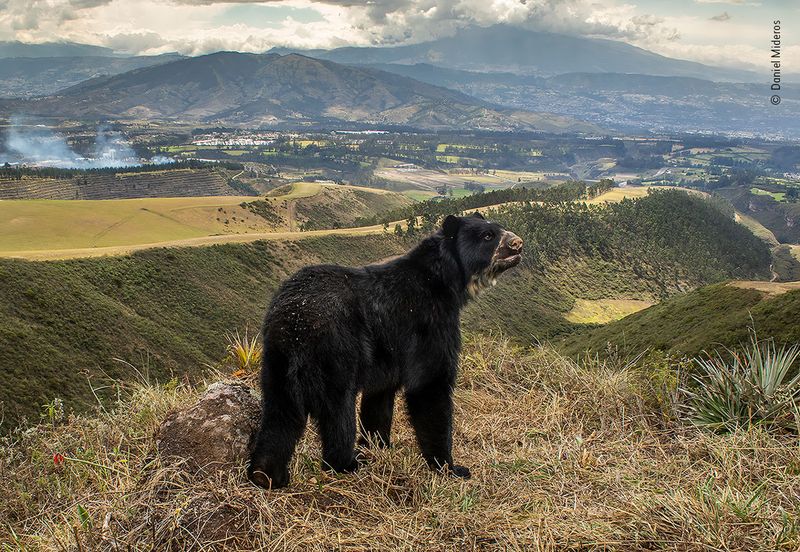
Habitat destruction threatens these bears as cloud forests disappear at alarming rates. Farmers clearing land for crops often come into conflict with bears seeking food.
Conservation efforts face challenges as the bears’ habitat spans multiple countries with varying protection laws. Currently listed as vulnerable by the IUCN, some isolated populations face a much higher risk of local extinction.
They Have Excellent Memory

Mental maps guide these bears across vast territories as they remember productive feeding spots with remarkable precision. Year after year, they return to specific trees exactly when fruits ripen.
This cognitive ability helps them navigate efficiently through their challenging mountain habitat. Bears have been observed traveling directly to seasonal food sources across difficult terrain, suggesting they maintain detailed spatial memories.
They Are The Largest Land Mammal In South America
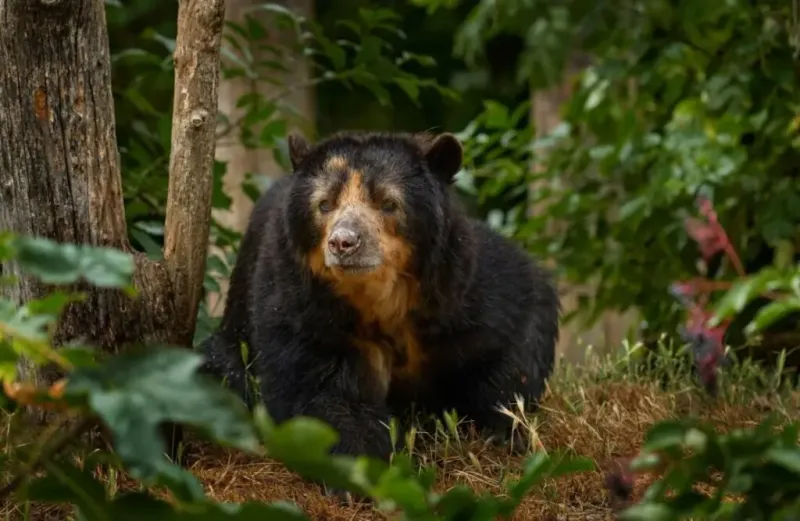
Towering over other native mammals, male spectacled bears can reach 440 pounds, though females typically weigh half that. Their compact, muscular bodies are perfectly adapted for their mountainous home.
Despite their impressive size, they move with surprising stealth. Their dark fur helps them blend into shadowy forests, making these giants nearly invisible when they don’t wish to be seen.
Their Solitary Behavior Makes Them Difficult To Study
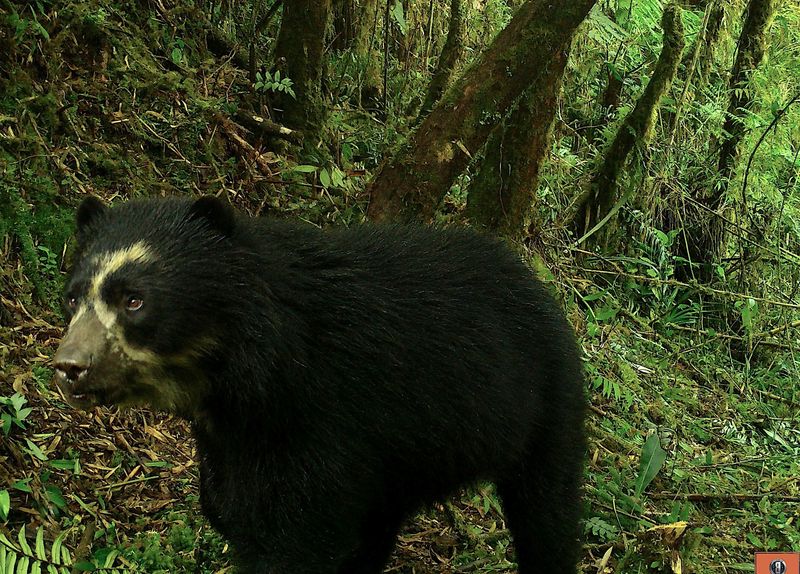
Researchers often rely on indirect evidence like footprints, claw marks on trees, and half-eaten bromeliads to track these elusive animals. Remote camera traps provide rare glimpses into their secretive lives.
GPS collars have revolutionized spectacled bear research, though safely capturing them remains challenging. Much of what we know comes from studying bears in captivity, leaving many questions about their wild behavior unanswered.
They Have Powerful Jaws For Crushing Tough Foods

Equipped with specialized molars and premolars, spectacled bears can pulverize tough plant fibers that would challenge other animals. Their jaw strength allows them to access nutrients locked inside hard palm nuts and woody stems.
Unlike their carnivorous cousins, their teeth evolved for grinding rather than tearing. This dental adaptation perfectly suits their primarily vegetarian lifestyle in the resource-limited Andean environment.
Their Cubs Are Born Blind And Helpless

Tiny miracles weighing just 10-18 ounces, newborn spectacled bear cubs enter the world completely dependent on their mothers. Born with eyes sealed shut, they’re vulnerable and rely entirely on maternal care.
Cubs typically arrive in litters of one to three after a gestation period of about 7 months. Mother bears fiercely protect their offspring, keeping them close for up to eight months before they begin exploring independently.
They Are Critical For Seed Dispersal
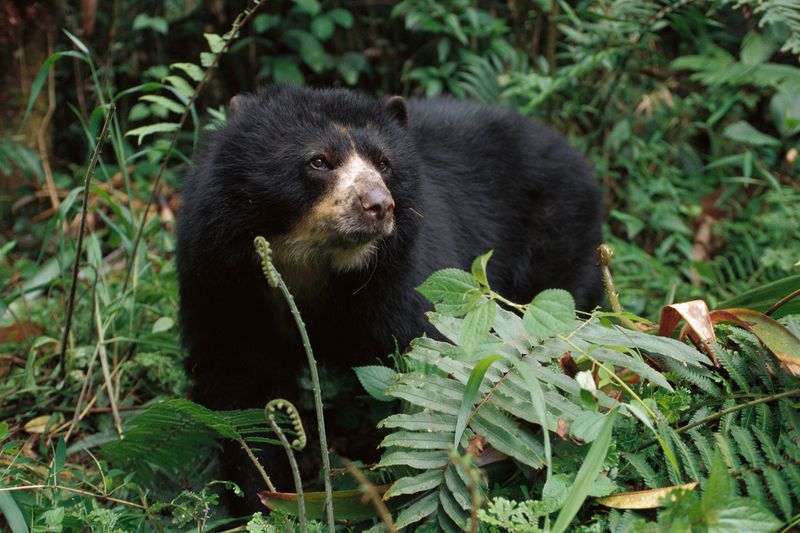
Forest gardeners, these bears unknowingly plant trees throughout their range as seeds pass through their digestive systems. Their wide-ranging movements spread plant genetic diversity across otherwise isolated forest patches.
Some Andean plants may have co-evolved with spectacled bears, developing fruits specifically attractive to these important seed dispersers. By maintaining this ecological relationship, the bears help preserve the biodiversity of their cloud forest home.
They Have A Long Lifespan

Wild spectacled bears typically celebrate 20 birthdays, while their zoo counterparts often surpass 25 years. One famous captive bear named Guille lived to the remarkable age of 36 in Spain’s Zurich Zoo.
Their longevity allows female bears to raise multiple generations of cubs throughout their lifetime. This reproductive strategy helps compensate for their low birth rate and the high mortality of cubs in the challenging Andean environment.

